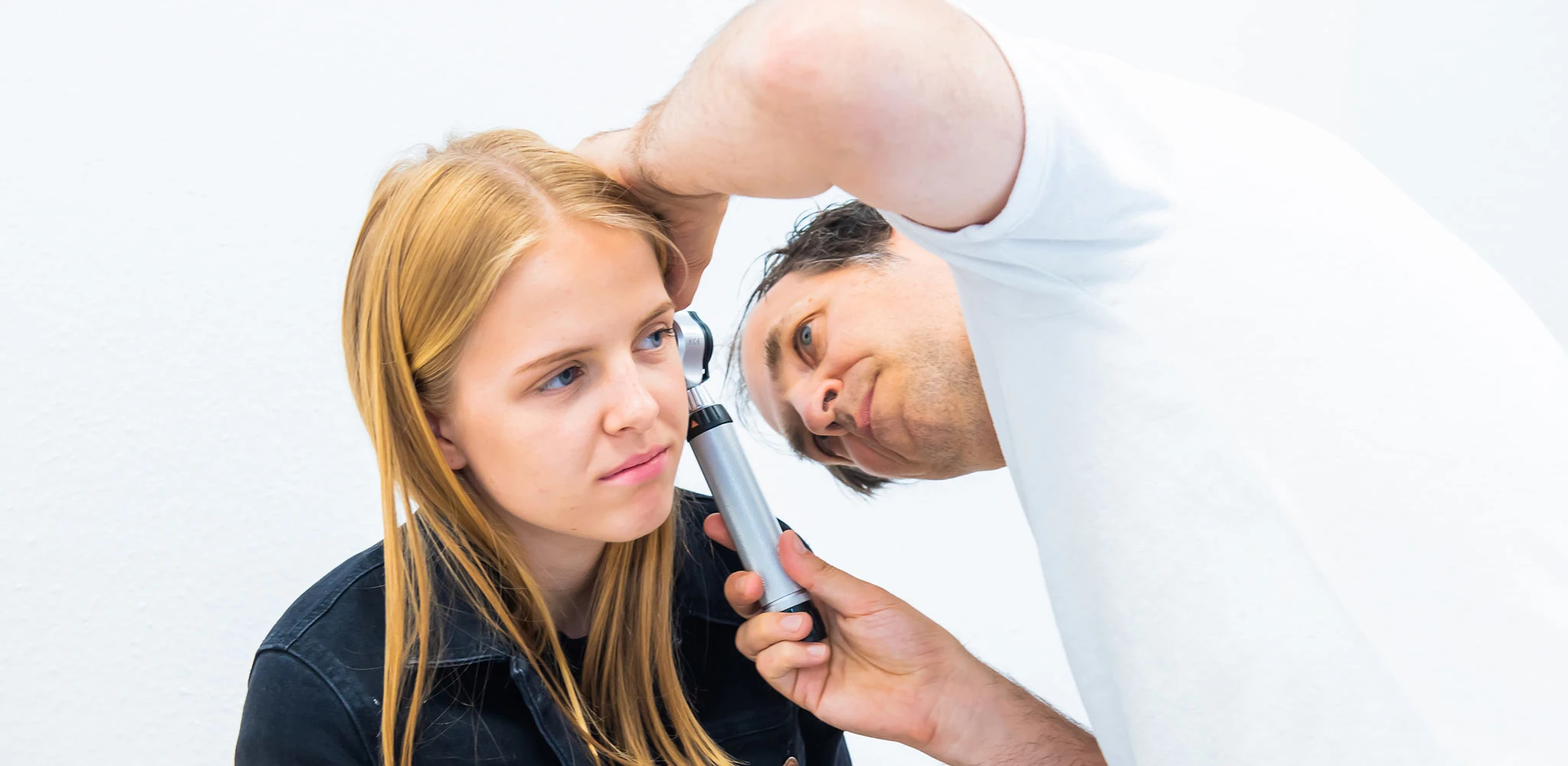Be careful when sharenting!
"Jeez, what's sharenting?" some people will be thinking. It is the often somewhat careless uploading of children's photos to social media by parents. But there is so much to consider!
Anyone who knows me knows that it's not my style to constantly run around with my index finger raised. That's why I don't want to lay down any rules. I simply want to raise awareness of this very, very important topic. There is a very nice flowchart on the Klicksafe.de website that takes you step by step through what you should think about before posting photos of your children on social networks, whether as a profile picture or a post.
I was surprised myself at how many aspects there are to consider. Legal issues, or the consideration of who has access to the postings, the thought-provoking impulse to take the child's perspective for once - and not least the danger of photos of unclothed children ending up in the channels of paedophiles. What can actually happen.
Why don't you take a few minutes to click on this link? https://t1p.de/6oku, read through the diagram and think about it the next time you want to post pictures of your children.
To summarise: Take as many pictures of your children as you like. Enjoy them. But please use them responsibly. Thank you.
Further interesting tips
Whooping cough
Whooping cough is a disease that has unfortunately not completely disappeared and is unlikely to disappear completely. One problem is that the vaccination only offers around 80 per cent protection. Even with good immunisation coverage, it must therefore be assumed that cases of whooping cough will occur again and again. So here are the important facts about this disease.
Truancy
A really difficult topic today - but one that has been taking up more and more space in paediatric practices in recent years. And that's why it's important to discuss it here: It's about truancy.
Foreskin constriction
You can twist and turn it however you like: this topic cannot be presented in a gender-appropriate way. It's about foreskin constriction.
